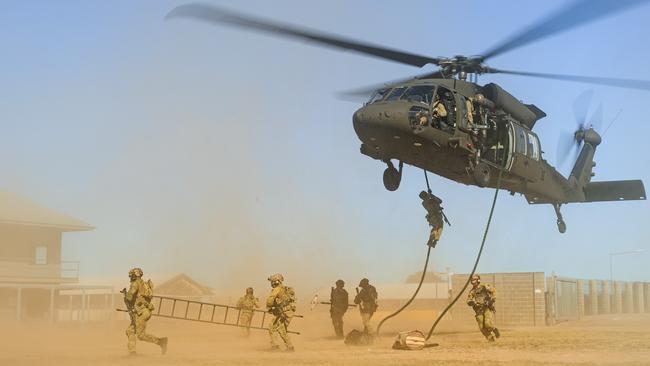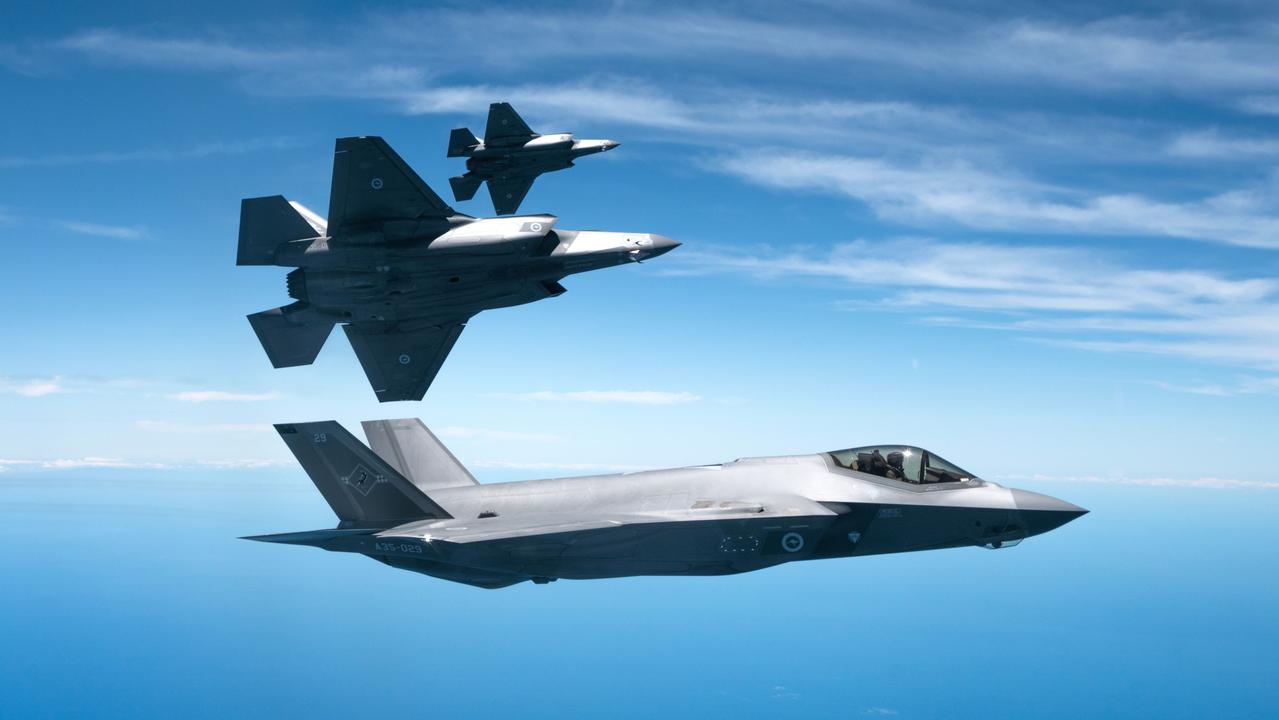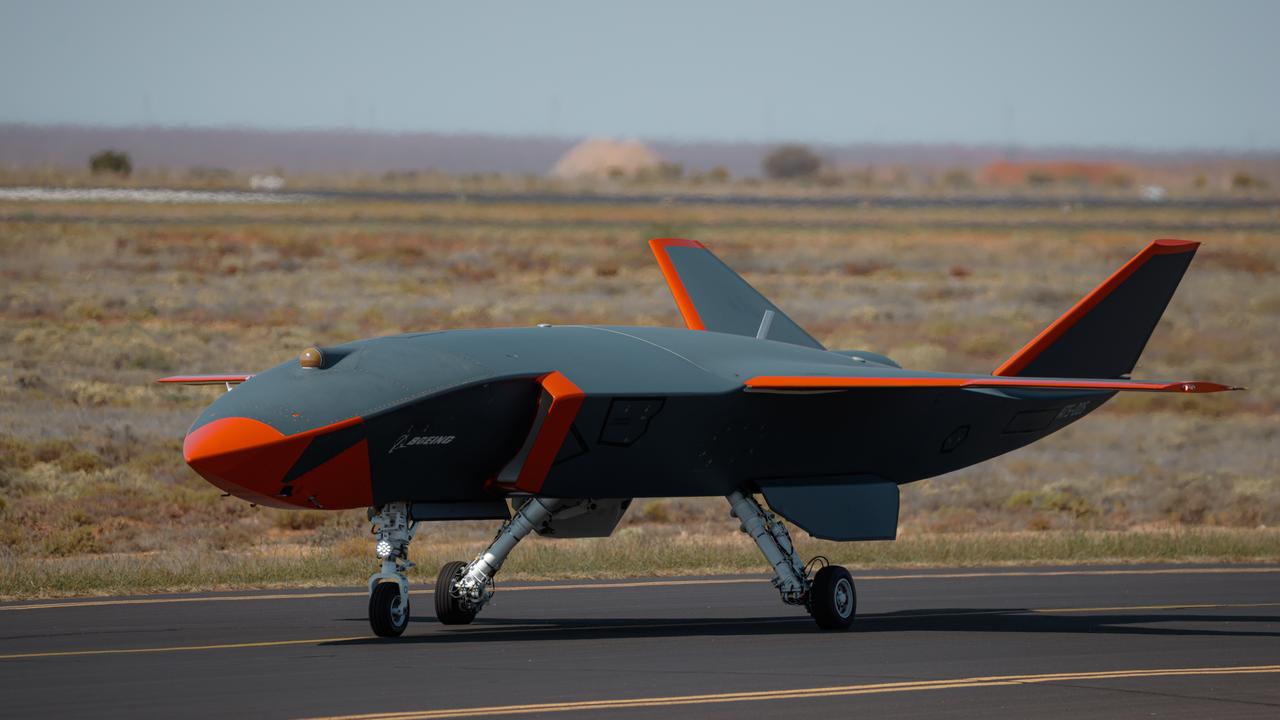First of new Black Hawks are already operational
The Australian Army has declared Initial Operational Capability (IOC) for its first 12 Sikorsky Black Hawk helicopters, just 15 months after the purchase was announced.

The Australian Army has declared Initial Operational Capability (IOC) for its first 12 Sikorsky Black Hawk helicopters, just 15 months after the purchase was announced.
The aircraft, the first of 40 ordered by the army, are based at Holsworthy, on the southwestern edge of Sydney, and enable operators from Australia’s Special Operations Command (SOCOMD) to mount heliborne raids and hostage extractions.
Seven more will come this year, starting in July, and the remaining 21 from 2027 to 2030, according to Rohdan Gibbon, Lockheed Martin Australia’s Black Hawk project manager (Sikorsky is now owned by Lockheed Martin).
Unlike the old S-70A Black Hawks the army used to operate in Townsville, which were acquired as a commercial sale and retired in 2007, the new Black Hawks, acquired as a US Foreign Military Sale (FMS) through the US Army, are largely identical to the US Army’s UH-60M variant – and that could be significant.
The new aircraft will equip the army’s training centre and two helicopter transport squadrons, all based at Oakey, near Toowoomba. Army will fit all 40 aircraft with a weather radar and Infrared/Electro-Optic sensors to provide a multi-purpose fleet, unlike the US helicopter fleet which has specialised squadrons whose on-board equipment differs. The first 19 helicopters are being delivered without these sensors so will be modified in-country by Lockheed Martin Australia, with oversight from the US Army.
These sensors and some cabin crashworthiness measures are the only divergence between the US and Australian Black Hawks.
The UH-60M entered service in 2007 and the US Army has more than 2,000 Black Hawks in all. These will be ‘re-capitalised’ by the US Army from 2035 – refurbished and upgraded with an extended service life measured in decades. In the meantime, Sikorsky this year will start flight testing a new, more powerful engine, General Electric’s T901 Improved Turbine Engine (ITE). This delivers half as much power again as the Black Hawk’s current twin General Electric T700s (which develop 1900 shaft horsepower each) with a reduced fuel burn, Sikorsky claims.
Other planned and possible upgrades include a Modular Open Systems Architecture (MOSA) for improved communications and connectivity, which will enable full autonomy if required or partial autonomy to reduce the pilot’s workload; and ‘launched effects’ – the ability to launch Uncrewed Aerial Vehicles (UAVs) from the aircraft’s external pylons or from something similar to the sonobuoy dispenser that’s already aboard US and Royal Australian Navy MH-60R Seahawk helicopters.
These UAVs could undertake reconnaissance or surveillance or direct attack on enemy vehicles and installations and extend the reach as well as the role of the Black Hawk significantly.
The important thing for the Australian Army is that if it chooses to maintain configuration commonality with the US Army, it gets all of these modifications essentially for nothing. They will all have been flight tested, proven and certified by a close ally. And many of them, such as autonomy, optionally crewed flight and the deployment of “launched effects”, have already been trialled by the US Army and agencies such as DARPA.
The US Army plans to fly Black Hawks until 2070 and we can expect to see the aircraft in Australian colours until at least the 2050s.
Lockheed Martin Australia’s sustainment program for the aircraft is now centred on Oakey and Holsworthy to simplify maintenance and logistics. Both bases will be able to carry out all of the deep maintenance required by the Black Hawks. If the US Army spends more time in our region in the future, our facilities could also be used to maintain American Black Hawks as well.


